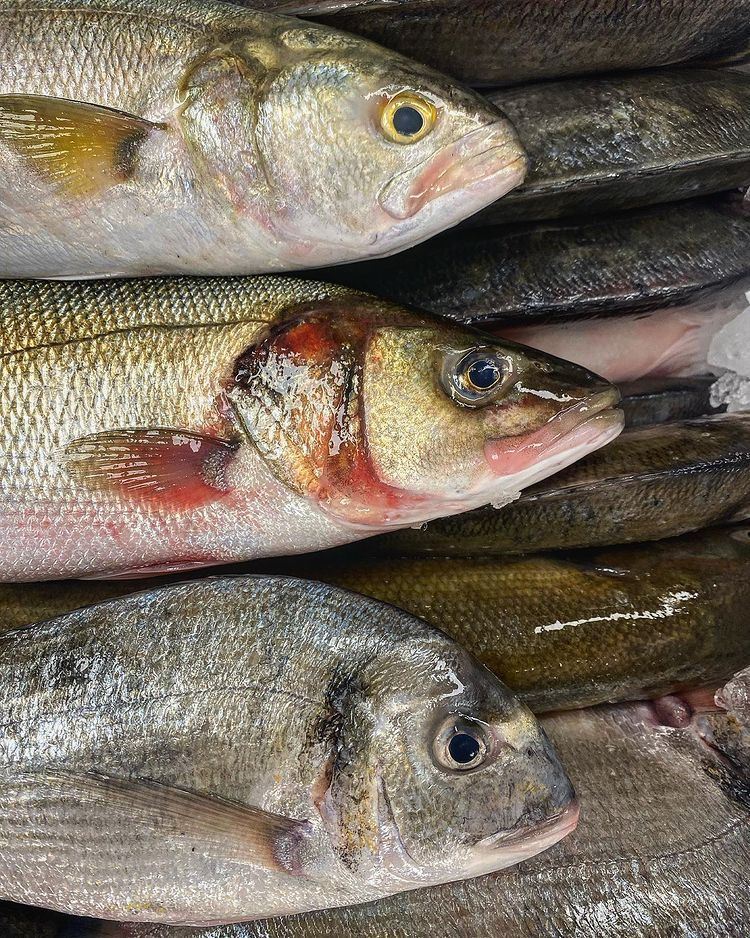Mercury enters the atmosphere primarily from coal-burning electric utilities, then becomes more toxic when bacteria in lakes and oceans convert it into methylmercury, which fish and shellfish absorb into their tissues. The bigger a predatory fish—like swordfish—the more methylmercury it’s likely to harbor.
Methylmercury is particularly toxic to pregnant women, nursing mothers, and young children. Even low-level exposure can affect the developing brain and have neurological and behavioral effects. In adults, dietary methylmercury may increase the risk of heart disease.
Seafood is nutritious—a low-saturated-fat source of high-quality protein rich in heart-healthy omega-3 fatty acids—so public health experts are eager to determine the level of mercury in seafood that can be safely consumed.
Based on the current FDA standard, women of childbearing age (especially if they are already pregnant or nursing) and young children should avoid shark, swordfish, king mackerel, and tilefish, and limit themselves to 12 oz (340 g) of any other fish or seafood per week.
Choose seafood sources that are lowest in mercury such as catfish, flounder, salmon, shrimp, haddock, pollock (used in frozen fish products), sardines, crab, and scallops. When choosing canned tuna, select “light” over “white” varieties.
Text Source: Foods that Harm and Foods that Heal Book
 Photo Source: seasaltfish Instagram Account
Photo Source: seasaltfish Instagram Account